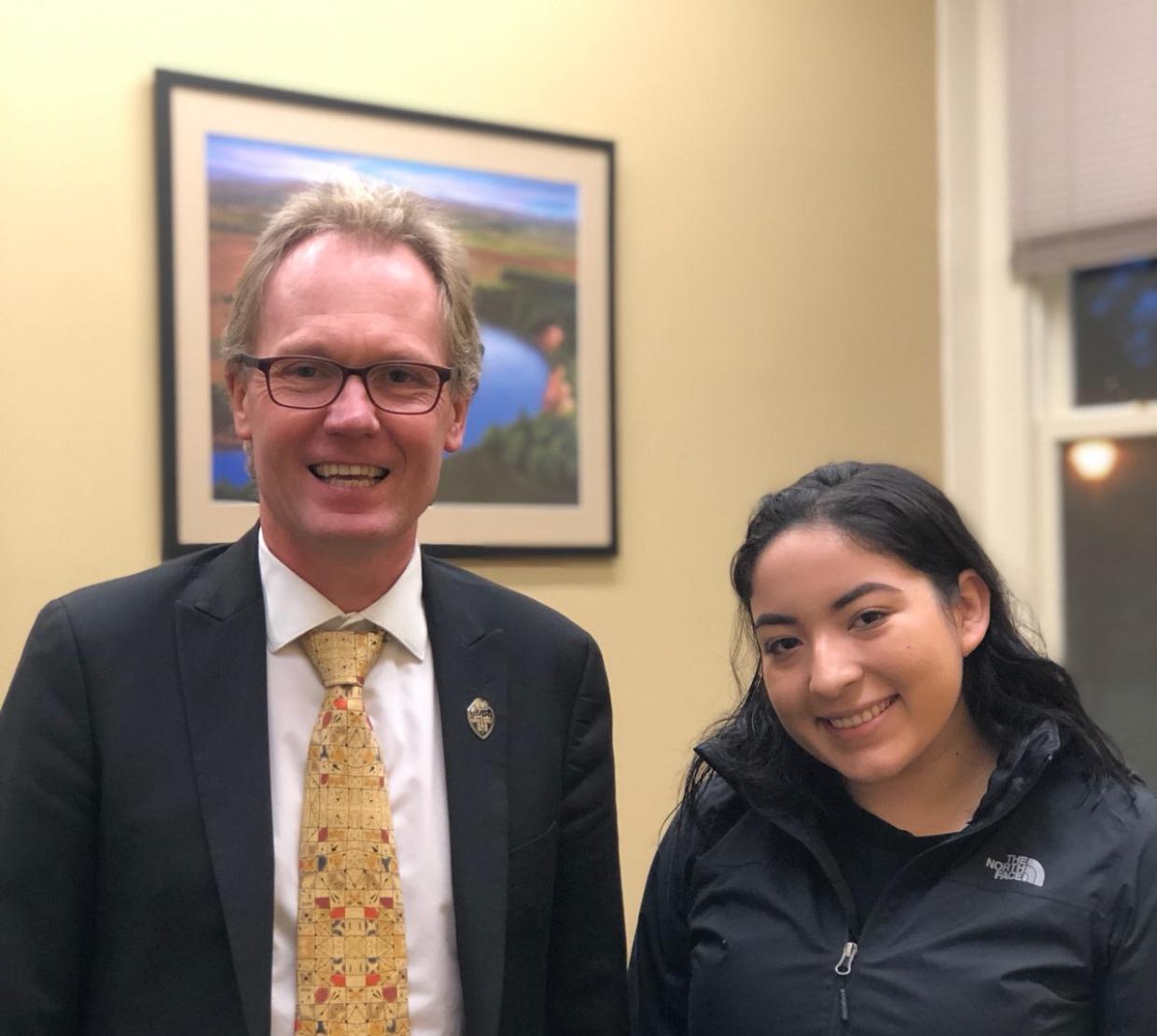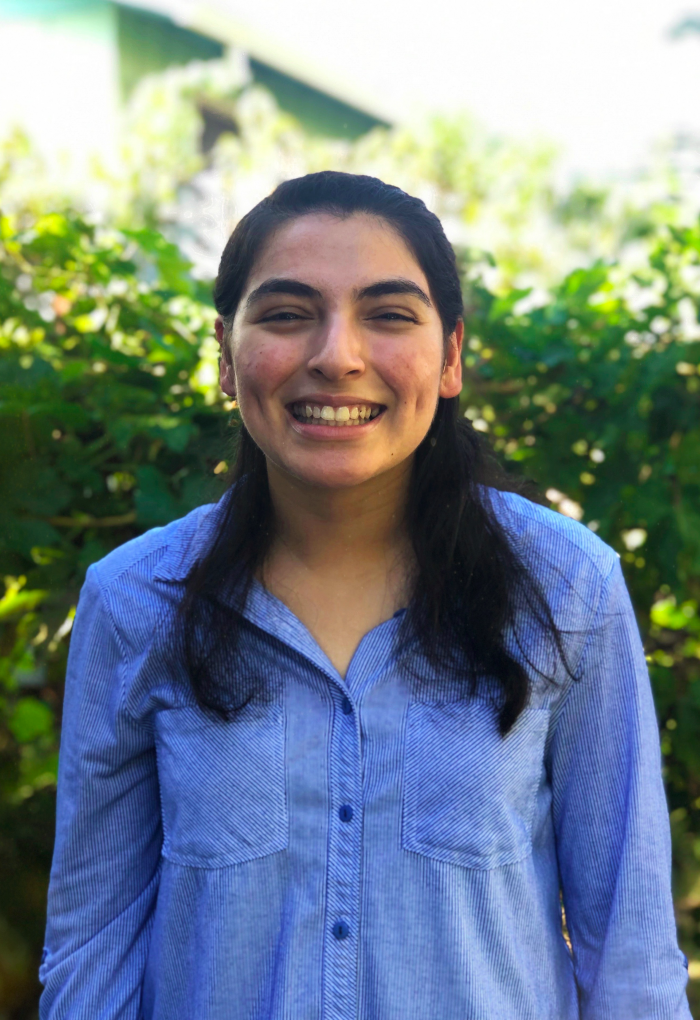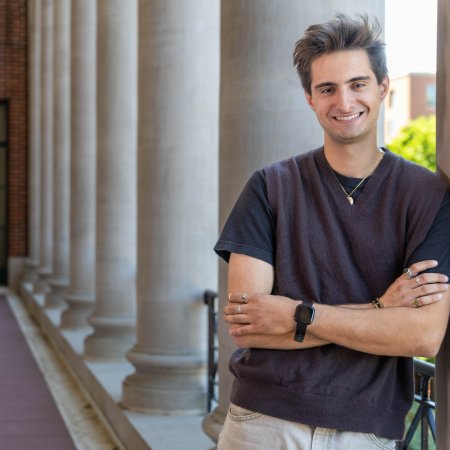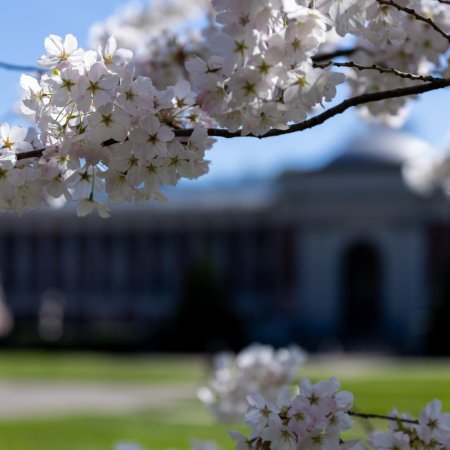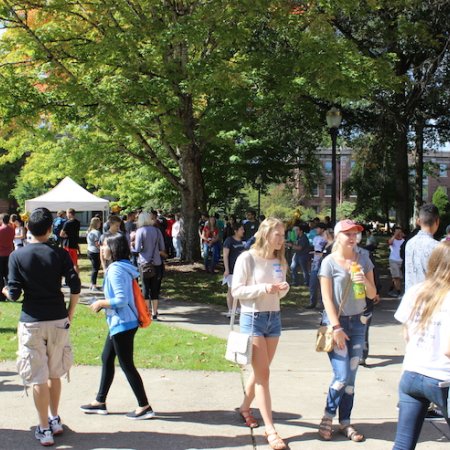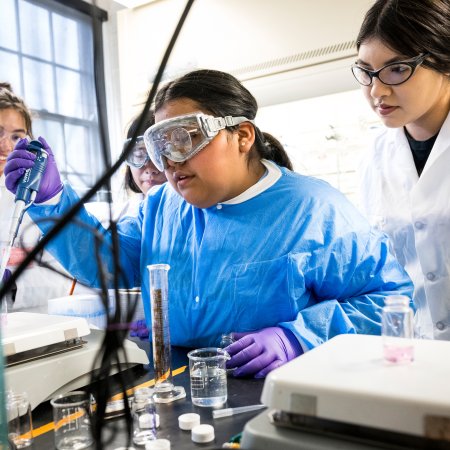The university-wide Beaver Connect mentoring program (formerly known as the Faculty-Student Mentor Program) is one of several ambitious initiatives that have helped undergraduate student success, leading to the highest ever first-year retention rate of 85.4% at Oregon State University. The College of Science has played a leading role in developing, organizing and supporting this program.
The mentoring program supports one of OSU’s biggest priorities to create and sustain a culture of inclusive excellence by increasing retention and graduation rates for students in disciplines around the university and by reducing or eliminating academic disparities for low-income and underrepresented minority students.
Since launching in fall 2018, Beaver Connect has served more than 580 students across the university by connecting underrepresented minority students, first-generation students and students with high financial need in their first year with faculty and peer mentors.
The mentors — volunteer faculty and paid student mentors in their sophomore, junior and senior years — support students as they adjust to college life, focusing on issues that make the transition for these students particularly challenging.
Participants meet in small teams, comprising up to five students, a faculty mentor and a student peer, every other week during the academic term. Students receive timely guidance, assistance and information about campus life, financial aid, academic policies, tools and resources to empower them to succeed academically and bolster their sense of belonging on campus that is crucial for persistence and other positive academic outcomes.
College of Science Dean Roy Haggerty who leads Beaver Connect explains that the program’s success owes a lot to its unusual mentoring system. “Having both a peer mentor and a faculty mentor is an excellent balance. To my knowledge this is the only program like it in the country,” said Haggerty. Most mentoring programs utilize either peer or faculty mentors but rarely both.
“We didn’t feel that peer mentoring was going to provide the connection to OSU that we were looking for. We also didn’t think that a pure faculty model would work because it would overload the faculty with scheduling and other tasks. The combination has been a big success,” remarked Haggerty.
Enhancing equity through mentoring
For many students, adaptation to their new life on campus means finding their feet in a variety of ways, including and beyond academics. Having supportive mentors one can trust and who genuinely care about their academic success can make a tremendous difference to the first-year student experience and the path forward. That has been the case with second year BioHealth Sciences student Maria Robelo, a peer mentor at Beaver Connect. She is also an alumna of the mentoring program having participated in it during her first year at OSU.
